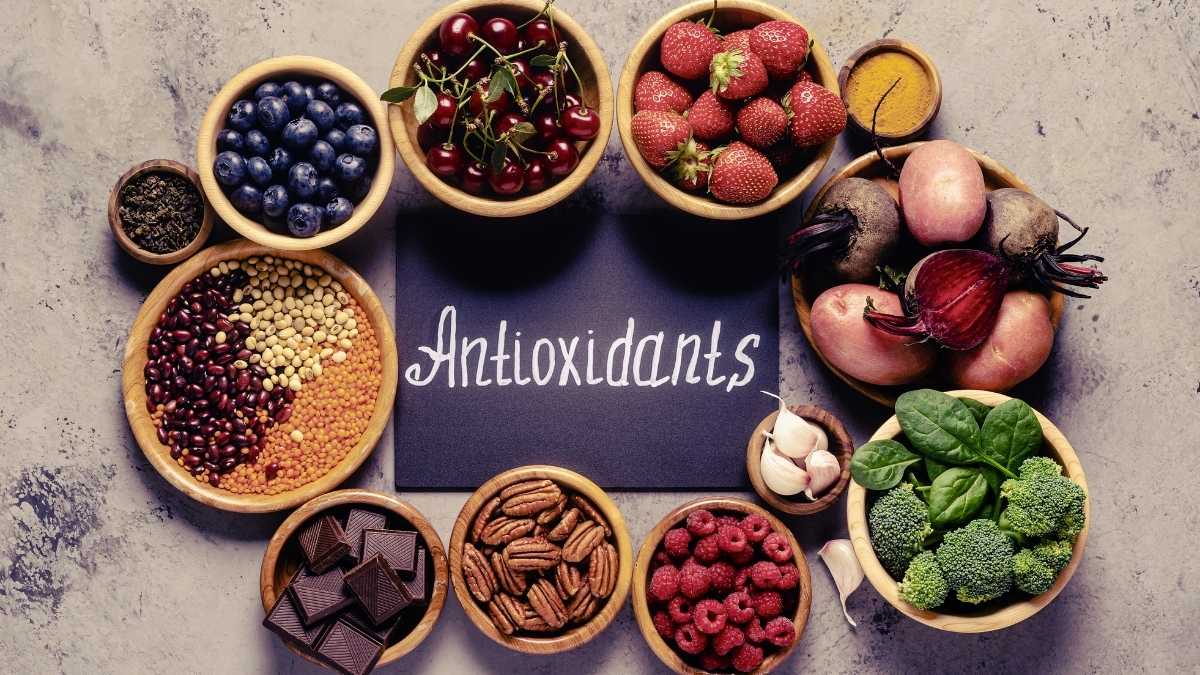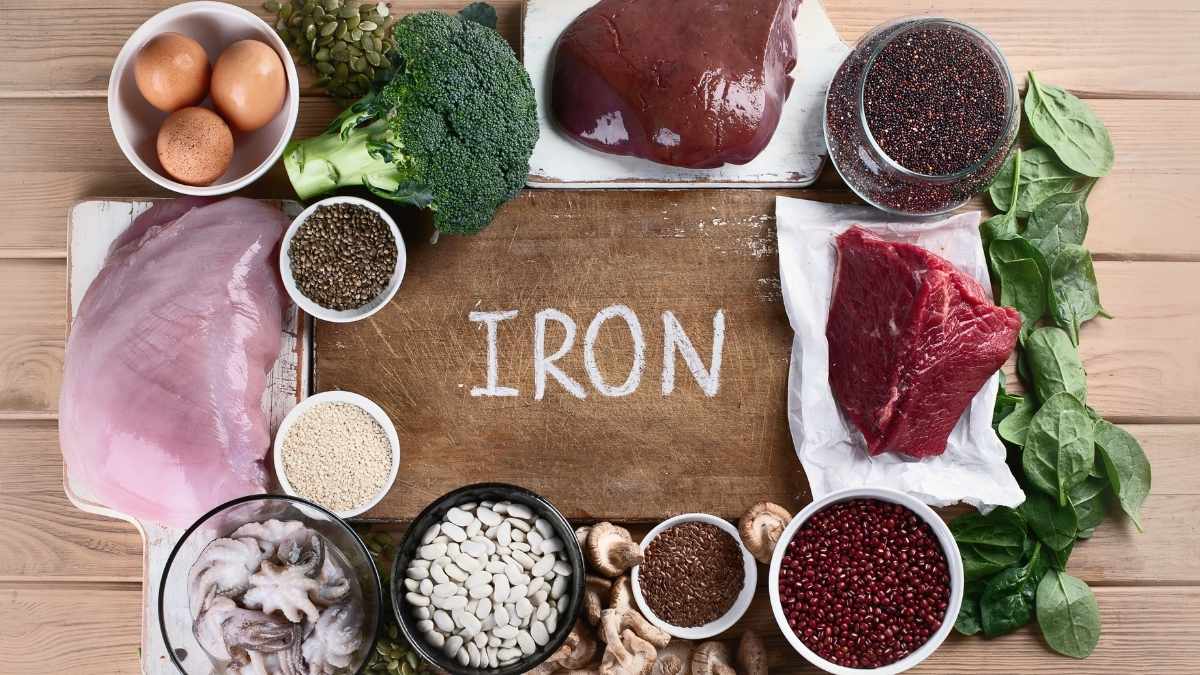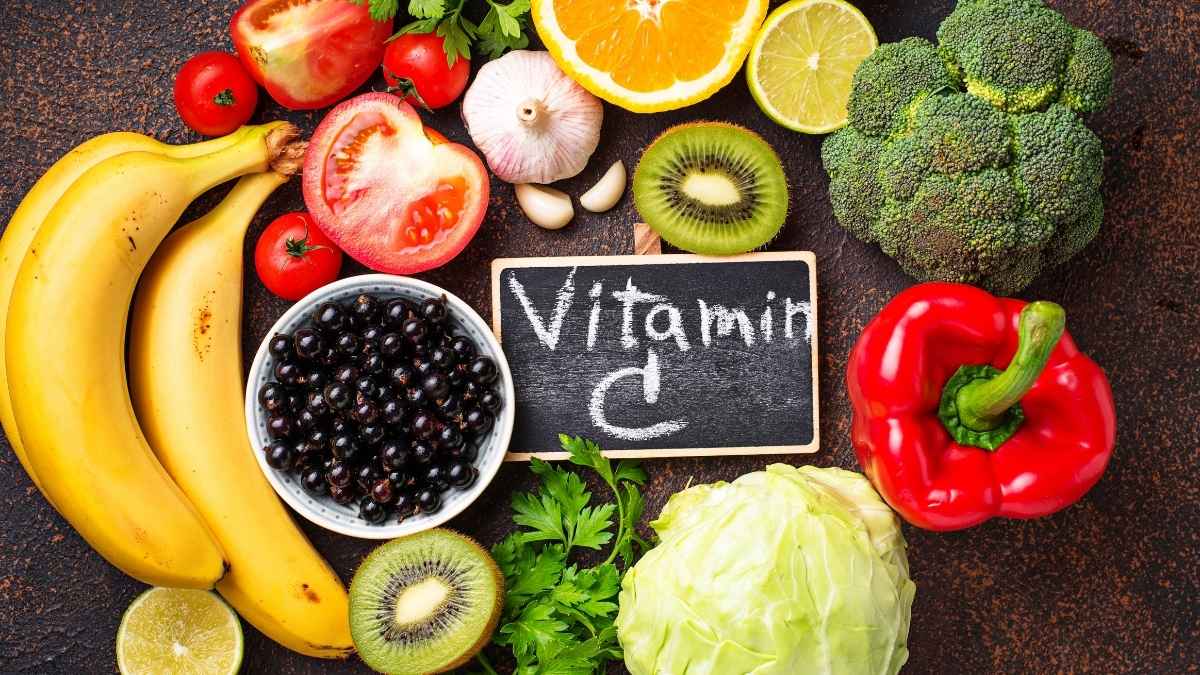SNAP and Healthy Aging: Benefits That help Older Adults Eat Well

Nearly 60 percent of eligible older adults miss out on SNAP benefits that could transform their health and well-being. This startling statistic reveals a massive gap between available nutrition assistance and those who desperately need it. For seniors living on fixed incomes, the average $188 monthly SNAP benefit can mean the difference between choosing medication over meals or accessing nutrient-rich foods that support healthy aging.
SNAP benefits offer more than grocery money; they provide a lifeline to foods specifically needed for aging bodies. From calcium-rich options that strengthen bones to protein sources that maintain muscle mass, strategic SNAP shopping can address the unique nutritional challenges seniors face. Understanding which foods deliver the most health benefits within program guidelines empowers older adults to age gracefully while managing tight budgets.
1. SNAP-Eligible Calcium-Rich Foods for Bone Health
Strong bones become increasingly important as we age, especially for preventing fractures and maintaining independence. Low-fat dairy products offer excellent calcium sources that SNAP benefits cover entirely. Canned fish with soft bones, like sardines and salmon, provide both calcium and protein in affordable portions. Leafy greens such as kale, collard greens, and broccoli deliver calcium alongside other vital nutrients.
Fortified plant-based milk alternatives, including soy and almond varieties, serve those who cannot tolerate dairy. Many seniors don’t realize that tofu and sesame seeds also contribute significant calcium to their daily intake. Regular consumption of these foods helps maintain bone density throughout the aging process.
How to incorporate calcium-rich foods:
- Mix canned salmon into pasta salad or spread on whole grain crackers for quick meals
- Add chopped kale or spinach to soups, stews, and scrambled eggs for extra nutrition
- Choose fortified plant milks for cereal, smoothies, and coffee to boost daily calcium intake
Essential calcium tips:
- Aim for 1,200mg daily through food sources rather than relying solely on supplements
- Combine calcium foods with vitamin D sources like fatty fish for better absorption
- Spread calcium intake throughout the day since your body absorbs smaller amounts more effectively
2. Budget-Friendly Protein Sources for Muscle Maintenance
Maintaining muscle mass helps older adults stay strong, mobile, and independent as they age. Eggs provide complete protein at an incredibly low cost, making them one of the most economical SNAP purchases. Canned tuna offers lean protein that stores well and requires no refrigeration until opened. Dried beans and lentils stretch budgets while delivering both protein and fiber in substantial amounts.
Peanut butter supplies protein plus healthy fats, and it keeps for months without refrigeration. Ground turkey costs less than many other meats while providing high-quality protein for muscle building. These affordable options ensure seniors can meet their increased protein needs without overspending their monthly benefits.
How to maximize protein intake:
- Prepare large batches of bean-based chili or soup that can be frozen in single portions
- Add hard-boiled eggs to salads, sandwiches, or eat as quick snacks between meals
- Mix canned tuna with beans and vegetables for protein-packed, filling meals
Smart protein strategies:
- Aim for 25-30 grams of protein per meal to support muscle synthesis effectively
- Buy dried beans in bulk as they cost significantly less than canned varieties
- Combine incomplete proteins like rice with beans to create complete amino acid profiles
3. Hydrating Foods and Beverages for Senior Health
Dehydration poses serious health risks for older adults since thirst sensation decreases with age. Water-rich fruits like watermelon, oranges, and berries provide hydration plus essential vitamins and antioxidants. Soups made with vegetables and broth contribute significant fluid intake while delivering nutrients and calories. Low-fat milk supplies both hydration and important nutrients like calcium and protein.

Pure fruit juices offer hydration and vitamins, though they should be consumed in moderation due to sugar content. Many seniors find flavored water more appealing than plain water, making it easier to maintain adequate fluid intake. Incorporating these hydrating foods helps prevent the confusion, fatigue, and health complications that dehydration can cause.
How to stay properly hydrated:
- Start each day with a glass of water and keep a filled water bottle within easy reach
- Eat water-rich fruits as snacks and add them to cereals or yogurt for extra hydration
- Choose broth-based soups over cream-based versions for better hydration and fewer calories
Hydration enhancement tips:
- Monitor urine color as a hydration indicator; pale yellow shows good hydration status
- Set reminders to drink fluids every hour since thirst signals become less reliable with age
- Include herbal teas and decaffeinated beverages in your daily fluid count for variety
4. Vitamin B12-Rich Foods for Cognitive Health
Vitamin B12 absorption decreases significantly as we age, making dietary sources crucial for brain function and energy levels. Fortified breakfast cereals provide an excellent B12 source that’s both affordable and convenient for seniors. Nutritional yeast adds a cheesy flavor to foods while supplying substantial B12 amounts. Fish like salmon, tuna, and sardines deliver B12 alongside brain-healthy omega-3 fatty acids.
Dairy products including milk, yogurt, and cheese contribute B12 while supporting bone health simultaneously. Eggs contain B12 in their yolks and offer versatility in meal preparation. Since B12 deficiency can cause memory problems, fatigue, and depression, ensuring adequate intake becomes essential for healthy aging.
How to boost B12 consumption:
- Choose fortified cereals for breakfast and check labels to ensure they contain 100% daily value
- Sprinkle nutritional yeast on popcorn, pasta, or vegetables for a nutty, cheese-like flavor
- Include fish or eggs in at least one meal daily to support consistent B12 intake
B12 optimization strategies:
- Look for cereals fortified with multiple B vitamins to address age-related absorption changes
- Combine B12 foods with folate sources like leafy greens for enhanced vitamin effectiveness
- Consider discussing B12 blood levels with your doctor if you experience fatigue or memory issues
5. Fiber-Rich Whole Grains and Fruits for Digestive Health
Digestive health becomes increasingly important as metabolism slows and physical activity may decrease with age. Brown rice provides more fiber and nutrients than white rice while remaining budget-friendly and versatile. Oatmeal offers soluble fiber that helps lower cholesterol and keeps you feeling full longer. Whole grain bread supplies fiber plus B vitamins that support energy and brain function.
Apples and pears contain both soluble and insoluble fiber that promotes healthy digestion. Prunes are particularly effective for preventing constipation, a common concern among older adults. Regular fiber intake helps maintain healthy gut bacteria and supports overall immune function.
How to increase fiber gradually:
- Replace white rice with brown rice in your favorite dishes, cooking extra to use throughout the week
- Top oatmeal with sliced apples or pears for additional fiber and natural sweetness
- Choose whole grain bread over white bread for sandwiches and toast to double your fiber intake
Digestive health fiber tips:
- Increase fiber intake slowly over several weeks to avoid digestive discomfort and gas
- Drink plenty of water when eating high-fiber foods to help them move through your system
- Aim for 25-30 grams of fiber daily from whole food sources rather than supplements when possible
6. Heart-Healthy Omega-3 Sources on a SNAP Budget
Cardiovascular health becomes increasingly crucial as we age, with omega-3 fatty acids playing a vital role in reducing inflammation and supporting heart function. Canned salmon provides substantial omega-3s at a fraction of fresh fish costs while offering convenience and long shelf life. Sardines pack even more omega-3s per serving and cost significantly less than most other fish options.
Walnuts deliver plant-based omega-3s along with protein and healthy fats that support brain health. Flaxseeds offer an economical omega-3 source that can be ground fresh and added to various foods. Many seniors don’t realize that these affordable options can provide the same heart benefits as expensive fish oil supplements.
How to incorporate omega-3 rich foods:
- Add canned salmon to pasta salad, sandwiches, or mix with scrambled eggs for quick omega-3 boosts
- Sprinkle ground flaxseeds on oatmeal, yogurt, or smoothies for a nutty flavor and extra nutrition
- Snack on a small handful of walnuts daily or chop them into salads for heart-healthy crunch
Omega-3 maximization strategies:
- Buy canned fish in water rather than oil to avoid extra calories while maintaining omega-3 content
- Store walnuts and flaxseeds in the refrigerator to prevent rancidity and preserve nutritional value
- Aim for two servings of fatty fish weekly or daily plant-based omega-3 sources for heart protection
7. Antioxidant-Rich Fruits and Vegetables for Disease Prevention
Colorful produce provides powerful antioxidants that help combat age-related cellular damage and reduce chronic disease risk. Berries offer some of the highest antioxidant levels among all fruits while remaining relatively affordable, especially when bought frozen. Sweet potatoes deliver beta-carotene, fiber, and potassium at budget-friendly prices year-round.

Spinach packs more nutrients per dollar than almost any other vegetable, providing folate, iron, and vitamin K. Carrots supply beta-carotene and fiber while staying fresh for weeks when properly stored. These vibrant foods help protect against heart disease, cancer, and cognitive decline.
How to maximize antioxidant intake:
- Choose frozen berries for smoothies, oatmeal, or yogurt since they cost less and last longer than fresh
- Roast sweet potatoes in large batches and use them throughout the week in various meals
- Add fresh spinach to soups, sandwiches, and pasta dishes during the last few minutes of cooking
Antioxidant optimization tips:
- Buy produce in season when prices drop and quality peaks for maximum nutritional bang per buck
- Mix different colored vegetables and fruits to ensure a wide range of protective compounds
- Store fresh produce properly to extend shelf life and prevent waste of your SNAP dollars
8. Easy-to-Prepare SNAP-Friendly Meals for Limited Mobility
Physical limitations shouldn’t prevent older adults from enjoying nutritious, satisfying meals that support their health and independence. Canned goods like beans, tomatoes, and vegetables provide essential nutrients without requiring chopping or extensive preparation. Frozen vegetables retain their nutritional value while eliminating washing, peeling, and cutting tasks.

Microwave cooking offers a safe, simple method for preparing complete meals without heavy lifting or complex techniques. Pre-cooked rotisserie chicken from the deli provides protein that can be used in multiple meals throughout the week. One-pot meals minimize cleanup while maximizing nutrition and flavor.
How to simplify meal preparation:
- Create one-pot meals by combining canned beans, frozen vegetables, and pre-cooked protein in a microwave-safe bowl
- Prepare large batches of soup or stew that can be portioned and frozen for easy reheating later
- Use pre-washed, pre-cut vegetables when mobility issues make food preparation difficult or painful
Mobility-friendly cooking strategies:
- Keep frequently used items at counter height to avoid reaching up high or bending down low
- Invest in lightweight cookware and ergonomic utensils that reduce strain on joints and muscles
- Plan weekly meals around similar ingredients to minimize shopping trips and reduce food waste
9. Iron and Vitamin C Combinations for Enhanced Nutrient Absorption
Iron absorption becomes less efficient with age, making strategic food combinations essential for preventing anemia and maintaining energy levels. Beans provide substantial iron at low cost while offering protein and fiber as additional benefits. Fortified cereals deliver easily absorbed iron along with other essential vitamins and minerals.


Spinach contains iron plus folate, though the iron absorbs better when paired with vitamin C sources. Citrus fruits like oranges and grapefruits provide vitamin C that can triple iron absorption rates. Tomatoes and bell peppers offer vitamin C plus other beneficial compounds that support overall health. Understanding these food pairings helps seniors maximize nutrient uptake from their SNAP purchases.
How to enhance iron absorption:
- Squeeze fresh lemon juice over spinach salads or iron-fortified cereals to boost absorption significantly
- Pair bean-based meals with tomato sauce, bell peppers, or citrus fruits for maximum iron uptake
- Drink orange juice with iron-rich breakfasts instead of coffee, which can inhibit iron absorption
Iron optimization techniques:
- Avoid drinking tea or coffee with iron-rich meals since tannins block iron absorption effectively
- Cook acidic foods like tomatoes in cast iron cookware to add extra iron to your meals naturally
- Space calcium supplements or dairy products away from iron-rich meals to prevent absorption interference
9 General Tips:
- Shop farmers markets that accept SNAP benefits to get fresh, local produce at discounted prices through special senior programs.
- Buy generic or store-brand items to stretch SNAP dollars further while getting the same nutritional value as name brands.
- Use SNAP benefits for seeds and plants to grow herbs and vegetables at home, creating long-term food sources.
- Plan weekly meals around sale items and seasonal produce to maximize nutrition while staying within your SNAP budget.
- Join senior food programs like Commodity Supplemental Food Program (CSFP) that complement SNAP benefits with additional monthly food packages.
- Batch cook large portions when energy levels are high, then freeze individual servings for easy reheating on difficult days.
- Take advantage of grocery store senior discount days combined with SNAP benefits for maximum savings on healthy foods.
- Keep shelf-stable protein sources like canned beans, tuna, and peanut butter stocked for quick, nutritious meals anytime.
- Ask grocery stores about senior shopping hours when stores are less crowded and staff can provide more assistance with SNAP transactions.
Final Thoughts:
SNAP benefits provide far more than just food assistance for older adults; they offer a pathway to healthier aging and sustained independence. These nutrition programs help seniors access the essential foods their changing bodies need while managing fixed incomes and rising healthcare costs. When older adults use SNAP strategically to purchase nutrient-dense foods, they can prevent costly health complications and maintain their quality of life.
The key lies in understanding which foods provide the most nutritional value within SNAP guidelines and how to prepare them despite physical limitations. Every dollar spent through SNAP on calcium-rich foods, lean proteins, and antioxidant-packed produce becomes an investment in long-term health and vitality.






